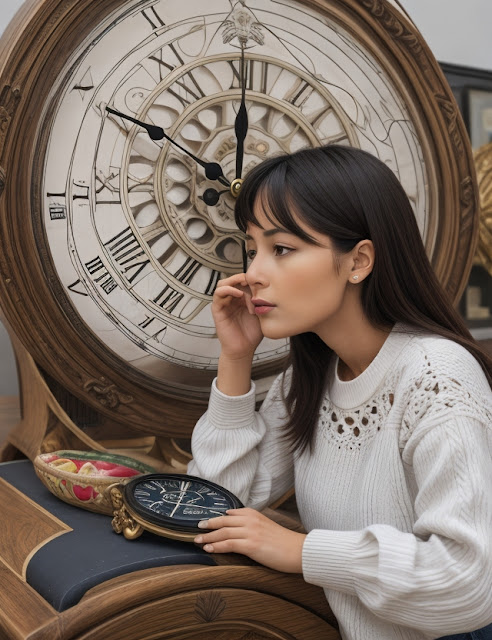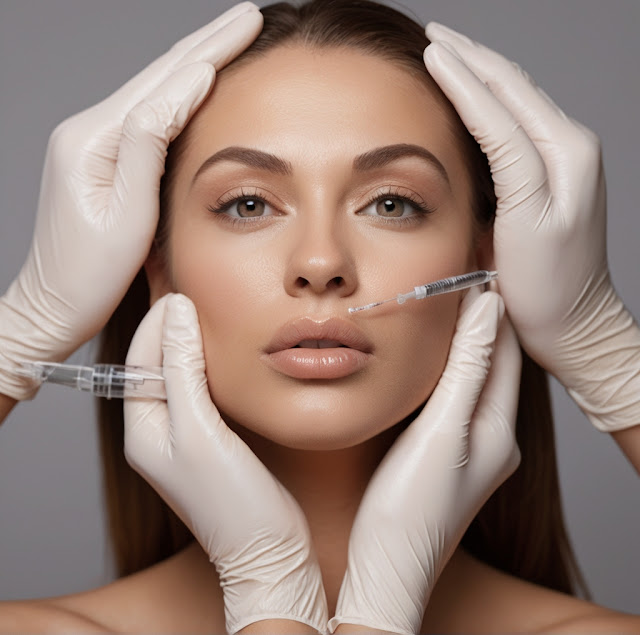Title: "Decoding the Timeline: How Soon Can You Expect Results from Botox?"
Introduction:
Embarking on the journey of a Botox treatment can be an exciting step toward achieving a refreshed and youthful appearance. However, one common question that often arises is, "How soon can I see results from Botox?" In this article, we'll delve into the intricacies of Botox treatments and provide insights into the timeline for experiencing visible results.
Understanding Botox:
Botox, short for Botulinum Toxin, is a neuromodulator used to temporarily relax muscles, reducing the appearance of fine lines and wrinkles. It's a non-invasive cosmetic procedure that's popular for its quick application and minimal downtime.
The Immediate Aftermath:
After a Botox treatment, it's normal to experience some minor swelling or redness at the injection sites. However, these effects typically subside within a few hours to a couple of days. In terms of visible results, it's essential to note that Botox doesn't yield instant changes. The initial impact may not be immediately noticeable, and patience is key during the initial phase.
Days 3-7: Initial Softening:
Around the third to seventh day post-treatment, many individuals start to notice a gradual softening of the treated areas. This is when the Botox begins to take effect, relaxing the targeted muscles and reducing the appearance of wrinkles. The results during this period are subtle but are often the precursor to more noticeable improvements.
Week 2: Emerging Changes:
As you approach the second week post-treatment, the full effects of Botox may become more apparent. The targeted muscles continue to relax, and you may observe a smoother, more rejuvenated appearance. It's during this timeframe that many individuals experience the peak of their Botox results.
Weeks 3-4: Optimal Results:
By weeks three to four, you can expect to see the optimal results from your Botox treatment. The fine lines and wrinkles are visibly diminished, and your skin appears smoother and more youthful. It's at this point that the transformative effects of Botox are often most pronounced.
Maintenance and Longevity:
While the immediate results of Botox may not be instant, the longevity of the treatment is one of its notable advantages. Botox typically lasts three to six months, depending on individual factors and the treated area. Regular maintenance appointments can help sustain the effects and ensure ongoing benefits.
Conclusion:
Patience is key when considering Botox treatments. While immediate results may not be apparent, the gradual softening and transformation over the weeks following the procedure can be truly remarkable. Understanding the timeline of Botox results allows individuals to set realistic expectations and fully appreciate the positive changes that unfold over time. As you embark on your Botox journey, remember that the beauty of this cosmetic procedure lies not only in its effectiveness but also in the anticipation of the subtle, yet transformative, enhancements it brings.
Decoding the Timeline: How Soon Can You Expect Results from Botox?


